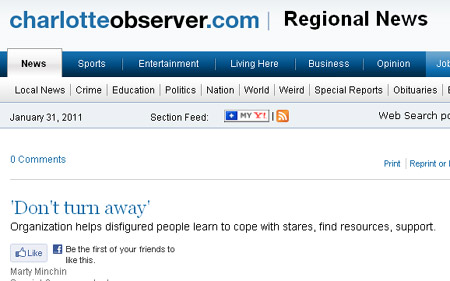References
1. Snyder, S., & Mitchell, D. (2006). Body genres: An anatomy of disability in films. In Cultural
Locations of Disability. Chicago Press.
2. Kim, Young Ki., & Hwang, Kim. (2023, September). Disfigured faces depicted in modern
visual media. The Journal of Craniofacial Surgery. Volume 34 (6),1822-1825.
3. Robey, T. (2018, Nov. 20). Stop using facial scars as shorthand for “villainy”: Campaign
wants movies to be more than skin-deep. National Post. (Toronto). Don Mills, Ont.,
Postmedia Network Inc.
4. Möseneder, J. (2022). Masculinity and facial disfigurement in contemporary US television
characters. In Klecker, C. and Grabber, G. (Eds.). The Disfigured Face in American
Literature, Film, and Television. (pp.173-188). London: Routledge.
https://www.routledge.com/The-Disfigured-Face-in-American-Literature-Film-and-
Television/Klec
5. Wegner, G. (2019). Relocating the freak show: Disability in the medical drama. Zeitschrift für
Anglistik und Amerikanistik, 67(1),19-36.
https://www.researchgate.net/publication/331557939_Relocating_the_Freak_Show_Disabilit
y_in_the_Medical_Drama
6. Klecker, C. (2022). Fictional “dissections” of a medical curiosity?: Facial disfigurement in
Grey’s Anatomy. In Klecker, C. and Grabber, G. (Eds.). The Disfigured Face in American
Literature, Film, and Television. (pp.189-209). London: Routledge.
https://www.routledge.com/The-Disfigured-Face-in-American-Literature-Film-and-
Television/Klec
7. Backstrom, L. (2012). From the freak show to the living room: Cultural representations of
dwarfism and obesity. Sociological Forum, 27(3), 682-707.
8. Heumann, J. (December 2019/Jan 2020). Pulling back the curtain, Ability, 20-21.
https://abilitymagazine.com/pulling-back-the-curtain/Lynne Rienner Publishers, Inc.




